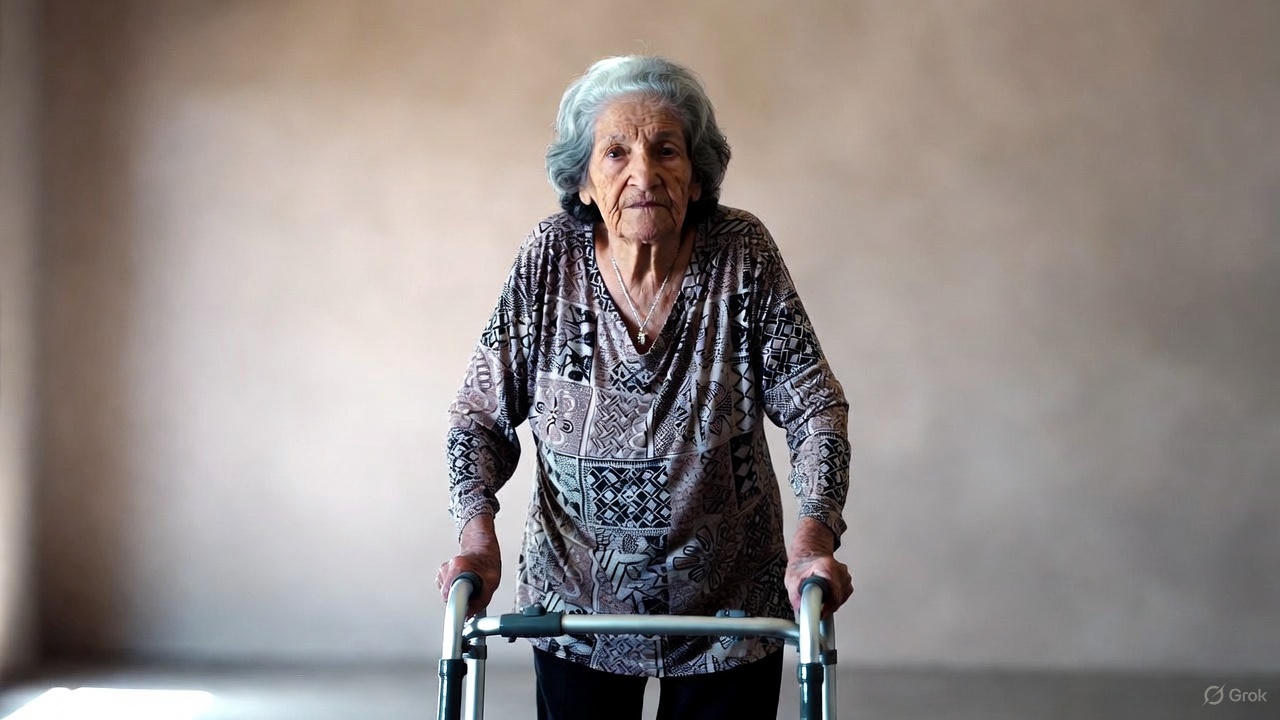
Using Assistive Devices
Understanding Assistive Devices: Enhancing Mobility and Safety for Everyone
Welcome to our comprehensive guide on assistive devices! Whether you're a caregiver, a healthcare professional, or someone supporting a loved one with mobility challenges, understanding these tools is key to promoting independence, dignity, and safety. Assistive devices help with everything from basic walking support to complex patient transfers, reducing the risk of injury for both users and assistants. In this post, we'll explore key devices, highlight differences between similar ones, and include visuals to make it easier to identify and use them. Let's dive in!
1. Wheelchair vs. Transport Chair: Choosing the Right Wheeled Support
Wheelchairs and transport chairs both aid mobility but serve different purposes. A wheelchair is designed for independent or semi-independent use, allowing the user to self-propel using larger rear wheels. It's ideal for longer distances and daily activities, featuring 18-24 inch rear wheels and often armrests, footrests, and customizable options. In contrast, a transport chair (also called a companion chair) is lightweight and compact, meant for short trips where a caregiver pushes from behind. It has smaller 8-12 inch wheels all around, making it narrower (easier for tight spaces like vehicles or doorways) but not self-propelled.
Key Differences:
- Propulsion: Wheelchair = self or assisted; Transport Chair = caregiver-pushed only.
- Size & Weight: Transport chairs are lighter (often under 20 lbs) and narrower for portability.
- Use Case: Wheelchair for extended mobility; Transport chair for quick transfers.

Standard manual wheelchair – note the large rear wheels for self-propulsion.

Transport chair example – compact design with small wheels for easy pushing.
2. Hoyer Lift vs. Sara Lift: Mastering Patient Transfers
When full-body lifts are needed, patient lifts like the Hoyer and Sara models shine. A Hoyer lift (often hydraulic or electric) uses a sling to fully suspend and transfer non-weight-bearing patients from bed to chair or vice versa. It's versatile for total lifts but requires more space and effort to position the sling under the patient. The Sara lift (specifically the Sara Stedy, a sit-to-stand model) supports partial weight-bearing patients, helping them stand from a seated position using knee pads, a pivoting seat, and handles. It is manual, compact, and promotes active participation, making it great for rehabilitation and daily routines.
Key Differences:
- Lift Type: Hoyer = full suspension (passive); Sara = sit-to-stand (semi-active).
- Patient Ability: Hoyer for those unable to bear weight; Sara for those with some leg strength.
- Operation: Hoyer often powered some with hydraulic pump; Sara pedal/manual for quick adjustments.

Hoyer lift – features a boom arm and sling for complete patient suspension.

Sara Stedy lift – shows the knee pad and crossbar for assisted standing
3. The Walking Cane: Simple Support for Balance
A cane is one of the most basic mobility aids, providing stability for those with mild balance issues, leg weakness, or post-injury recovery. It redistributes weight to the upper body, reducing strain on joints. Types include standard single-point canes for even terrain or quad canes with four feet for extra stability. Always match the height: the top should align with the user's wrist when arms hang naturally.
Tips for Use:
- Hold on the stronger side.
- Move cane forward with the weaker leg.
- Ideal for short walks or as a backup to other devices.

4. Gait Belt: Essential for Secure Assistance
A gait belt (or transfer belt) is a fabric strap worn around the waist, offering caregivers a firm grip to guide or support someone during walking or standing transfers. It prevents slips without restricting movement and is padded for comfort. Unlike lifts, it's low-tech and used for ambulatory patients who can bear some weight. Look for models with handles for easier holding.
When to Use:
- During ambulation training.
- For pivoting transfers (e.g., bed to chair).
- Always check for contraindications like abdominal wounds.

5. Hospital Bed: Comfort and Adjustability in Care
A hospital bed is an adjustable frame designed for medical settings or home care, featuring electric controls for raising the head, foot, or entire bed height. It prevents bedsores with side rails, trendelenburg positioning, and firm mattresses. Unlike standard beds, it's built for easy access during transfers and monitoring.

Benefits:
- Reduces caregiver strain with height adjustment.
- Supports recovery with specialized features like overbed tables.
6. Gurney (Stretcher): For Emergency and Horizontal Transport. A gurney, or medical stretcher, is a wheeled cart for horizontal patient movement, common in ambulances or hospitals for immobile individuals. It has lockable wheels, adjustable heights, and straps for security. Differs from beds by being fully mobile and foldable for quick deployment. Easily transferrable into an ambulance.

Key Features:
- Shock-absorbing design for safe transport.
- Often includes IV poles or oxygen holders.
Additional Tips for Safe Use of Assistive Devices
- Training is Crucial: Always get professional instruction to avoid injuries.
- Maintenance: Regularly inspect for wear, especially slings and belts.
- Customization: Consult occupational therapists for personalized fits.
- Other Handy Tools: Consider transfer boards (sliding aids) or walkers for varied needs. Grab bars are a must around toilets and shows, for getting out of chairs or beds.
These devices not only make life easier but also empower users to maintain independence. If you're new to caregiving, start with a needs assessment from a healthcare provider. Call SYNERGY HomeCare of the West Valley at 623-246-1000.
Sources: Information compiled from medical resources including Triumph Mobility, Rehabmart, and Arjo product guides.
SYNERGY provides the best Alzheimer's Care in the Phoenix Area.
